Distribution Reliability Excellence (DRˣ) seamlessly integrates outage event details, circuit/segment/asset data, and cost/work information from your enterprise systems with OHROS Consulting Group’s exclusive databases and machine learning statistical models. This integration enables in-depth analyses across various factors such as time, organizations, geographies, assets, weather, and emerging load profiles (e.g., due to electric vehicle expansion). The outcome is the development of precise improvement programs and plans tailored to specific needs.
DRˣ stands out as a sophisticated analytic platform, empowering executives, managers, and reliability engineers to efficiently manage key metrics reported to management and mandated by regulators. This capability translates into enhanced decision-making effectiveness, improved reliability metrics, reduced O&M costs, and optimized allocation of spend for maximum value from investments.
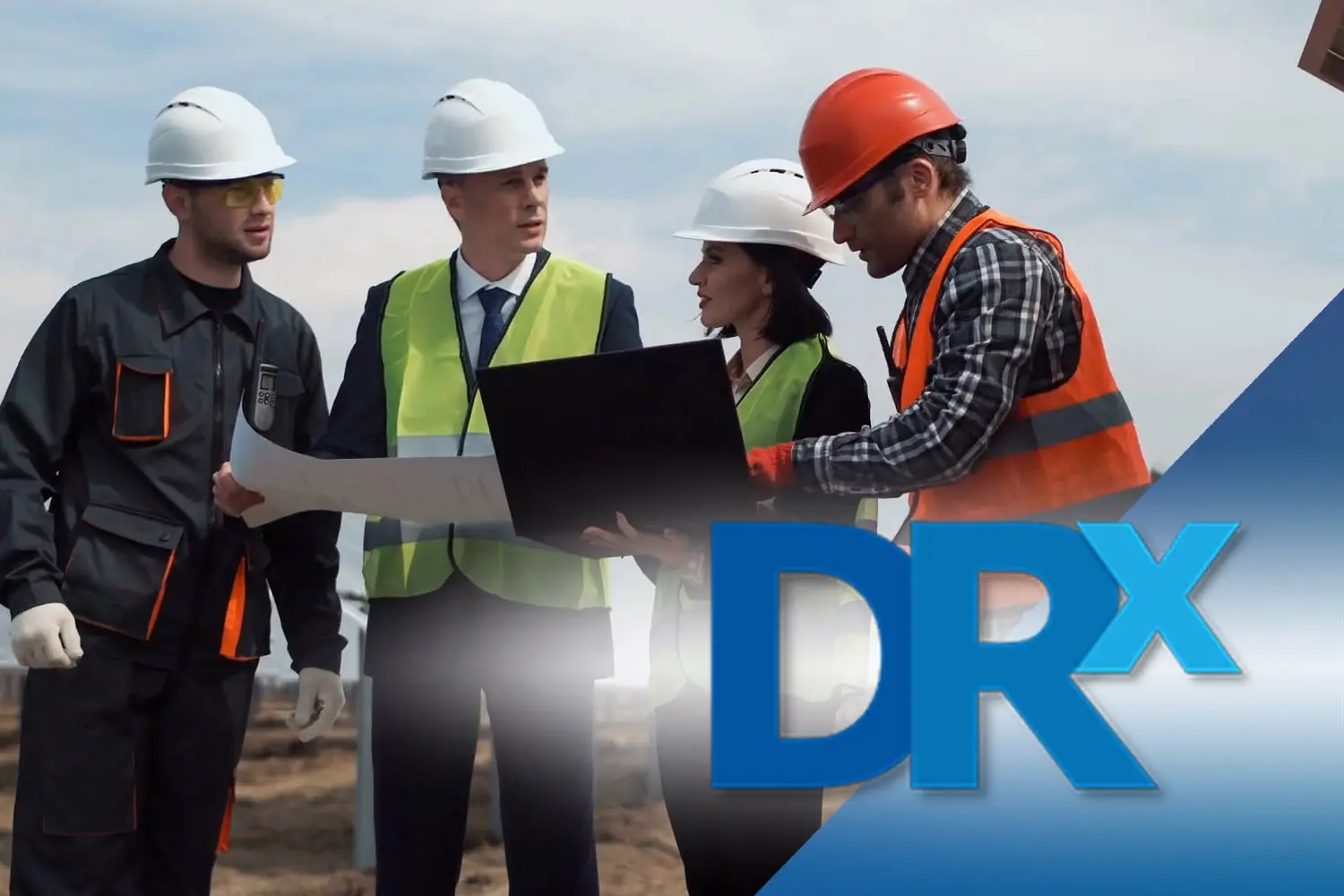
DRˣ in a nutshell: Acquiant yourself with DRˣ with this short (1 minute) introductury video.
DRˣ is a versatile operational analytics suite with flexible and configurable features, incorporating pre-structured analytics based on industry best practices and benchmarks.
The reliability optimization functionality, complemented by AI and ML capabilities, empowers predictive analytics in:
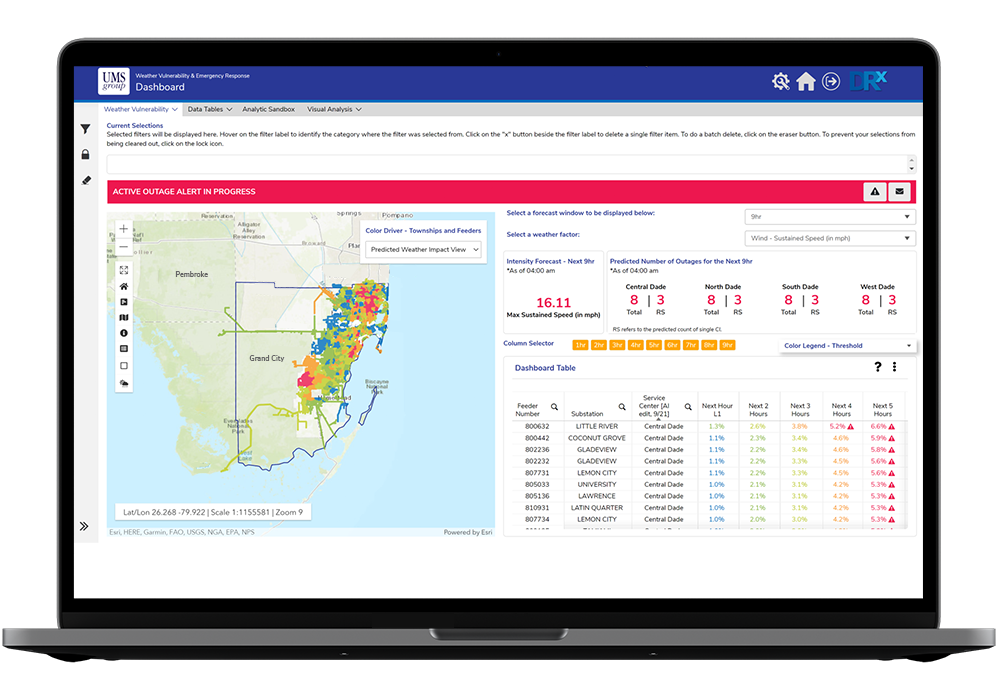
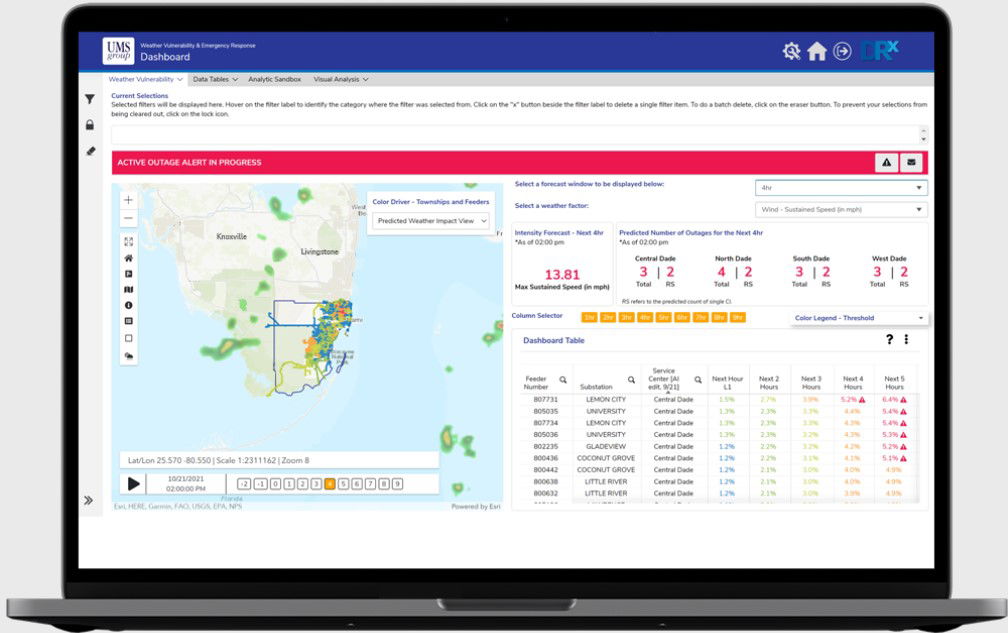
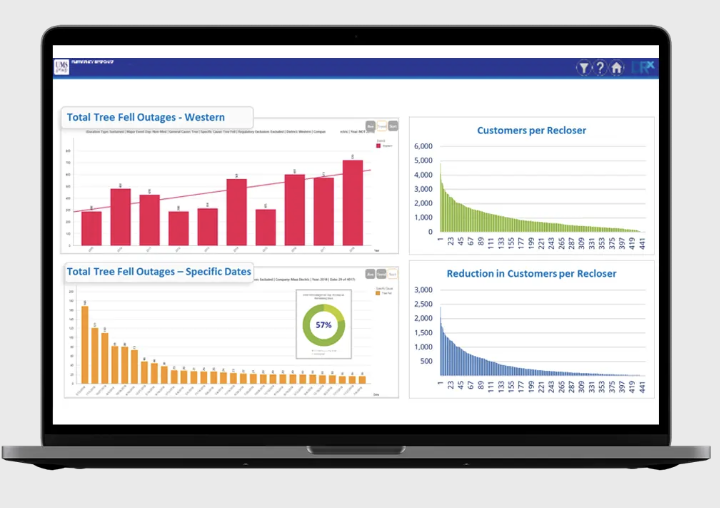
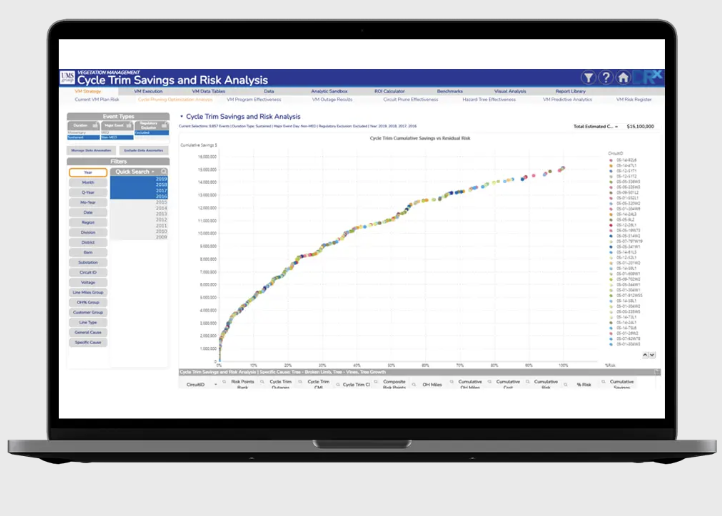

Correlate individual asset types with outage history, cause codes, and maintenance costs.
Integrate external data sources, including weather, traffic, and differentiated zones for various environmental factors.

Migrate data from separate systems into a unified repository for reliability, productivity, and performance analyses.
Generate and export new data, including risk factors, vulnerabilities, predictive outcomes, and priorities, for integration into other systems.

Quantify how much more resilient the system is today as a result of investments made over the past several years.

Identify circuits/segments most vulnerable to incoming weather and forecast anticipated outage numbers.
Make decisions on whether to extend crew shifts with overtime and strategically position crews before the storm to minimize travel time during restoration.

Improve the quality of data and information through use of “outlier identification protocols”.
Determine anomalies and send alerts/notifications to system operators or dispatchers to investigate and correct.

Optimize targeting of capital investments.
Develop end-to-end network analysis models of customer impact.
Find out if you achieved expected benefits (savings, etc.).

For Problem Circuits, implement interventions commensurate to the underlying cause of outages/reasons for extended restoration times.
For Poor performing Circuits, apply statistical analytics to narrow focus of direct intervention to a subset of these circuits.

Identify the best place on the system to make certain investments, quantify the projected benefit of each strategic initiative, and later measure the return on each investment.

Facilitate “deep-dive” analyses at the segment and device level, thus streamlining and reducing the time from problem identification to well-targeted interventions.
Automate much of your current effort in regulatory reporting of reliability results.

Calculate risk factors for each circuit based on reliability trends, timing of its trim cycle, presence of reclosers/tie points, number of customers served, timing since the last I&M patrol, etc. and then prioritize and safely defer low priority expenditures.
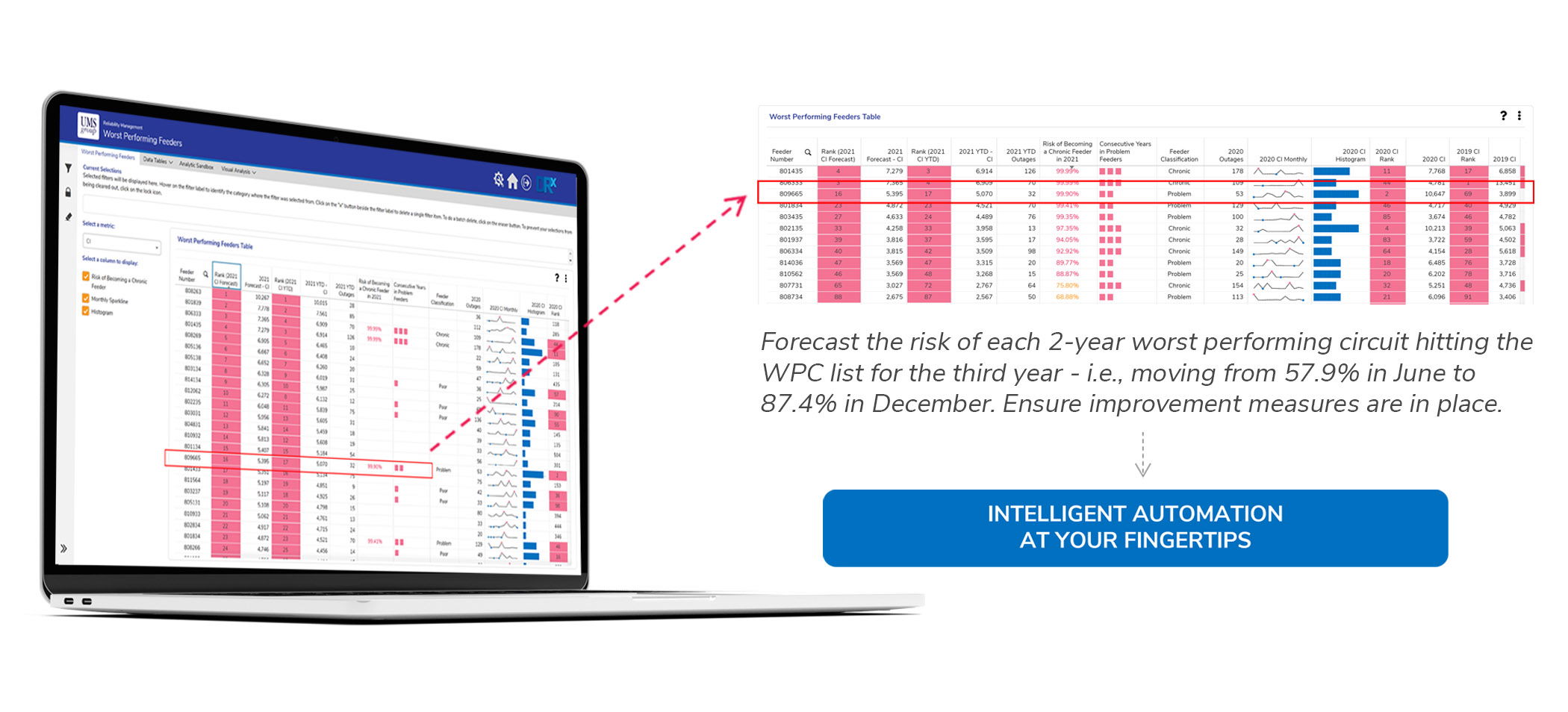
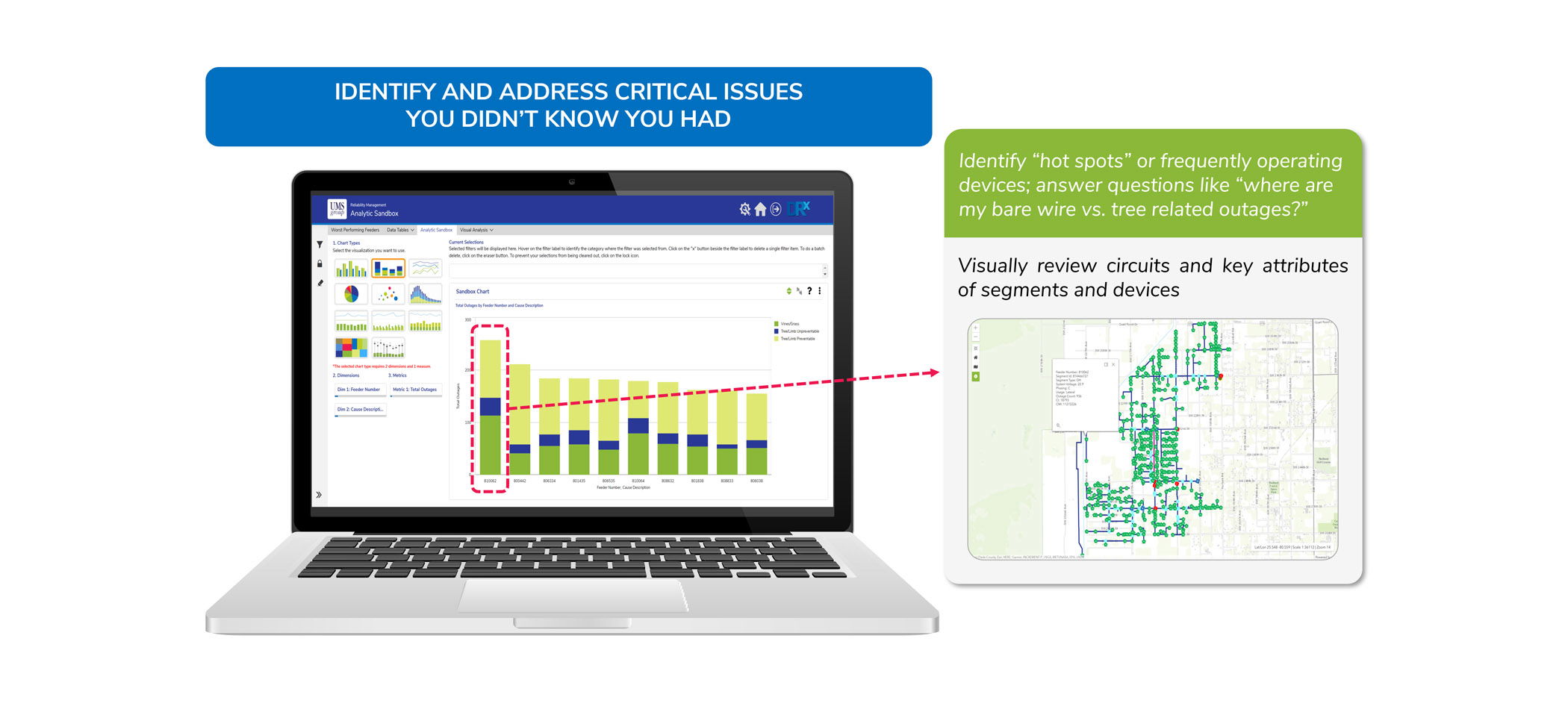
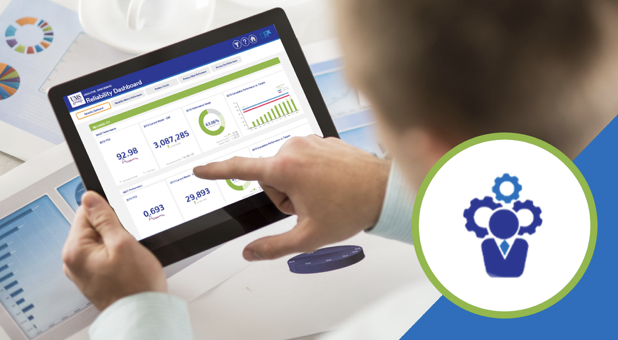
Our solution facilitates quicker and more informed decision-making, enhances the accuracy of reporting, enables effective priority setting, and optimally directs investments in reliability and system resiliency.

Utilize utility and external data, combined with AI and proprietary modeling techniques, to assist in program planning to meet targets, optimize reliability, and manage related capital spend. Provide comprehensive responses to inquiries from regulators and external stakeholders with increased efficiency and deeper insights into the factors influencing reliability and the optimal mix of solutions to adopt.

Apply advanced modeling techniques and analyze comprehensive historical outage and weather data to identify strategic investments for a resilient, storm-hardened system. Demonstrate the prudence, effectiveness, and value of past investments, ensuring alignment with company and customer expectations.
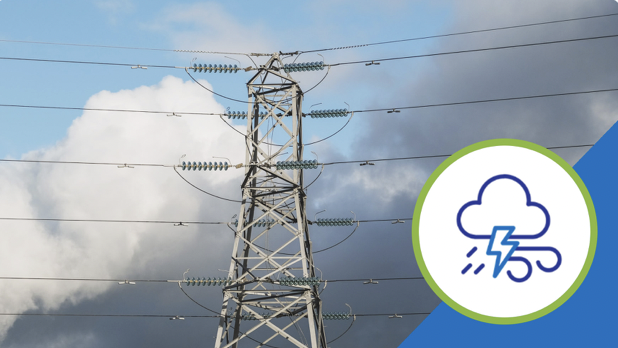
Utilize detailed historical and real-time outage and weather data, coupled with advanced AI and proprietary modeling techniques, to predict outage locations and severity. This enables companies to proactively mobilize crews and materials to secure locations before the storm, resulting in cost savings, reduced restoration times (CAIDI), and efficient resource allocation.


After seven years of development, our sophisticated analytic platform provides unparalleled support to executives, managers, and CSR’s in managing key metrics and customer experience data. Leveraging data owned by various groups, it drives enhanced customer experience.

“The IDBC delivers concrete opportunities for improvement, like rethinking our network configuration and the registration of contractor safety data.“
“The data collection is challenging, but it enables us to understand and improve our data better which helps us when the regulator has data requests.”
The IAM Certificate acknowledges individual asset management knowledge and understanding of fundamental principles. This 3-day training is a preparation course for obtaining the IAM Certificate through a two-hour online exam.
Copyright 2024, OHROS Energy group B.V. All Rights Reserved
Common Challenges
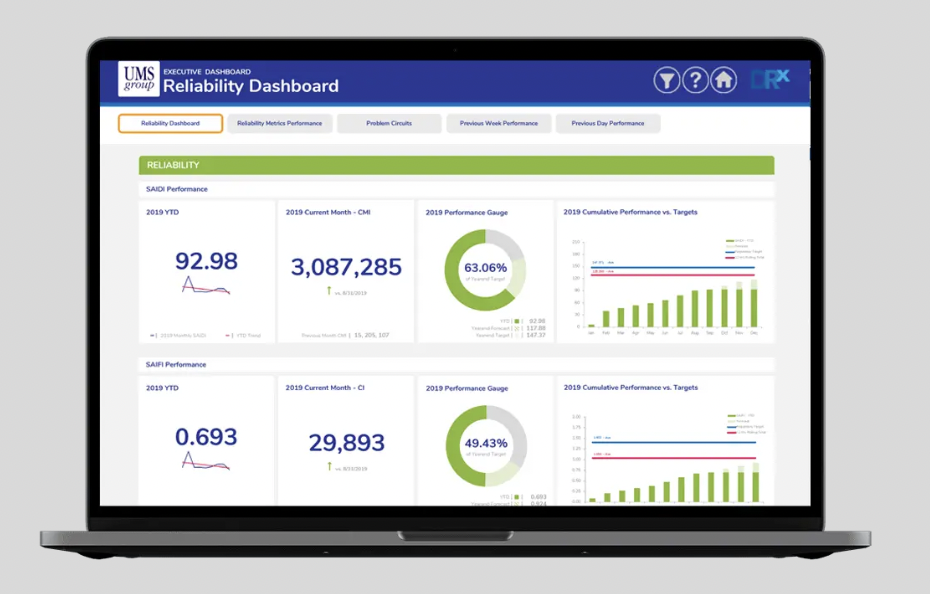
Our solution helps executives, managers, analysts, and engineers manage the metrics essential to leadership and regulators and merge related but disparate data sets such as location, environment, cost, asset characteristics, and customers affected to deliver rapid insights in minutes for questions that took hours or days before. This enables better and faster decision making, more effective priority setting, improved accuracy of reporting, and optimal targeting and allocation of reliability and system resiliency investments.
Common Challenges
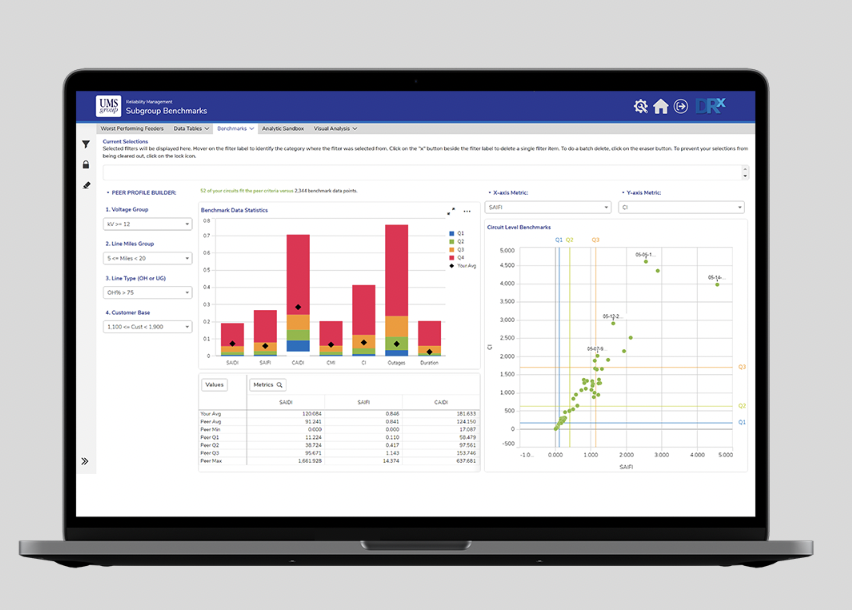
Our solution helps executives, managers, and reliability engineers manage key metrics and essential data. The Reliability Optimization Module leverages utility and external data along with AI and proprietary modeling techniques to help you plan programs to meet targets, optimizing both reliability and related spend.
Common Challenges
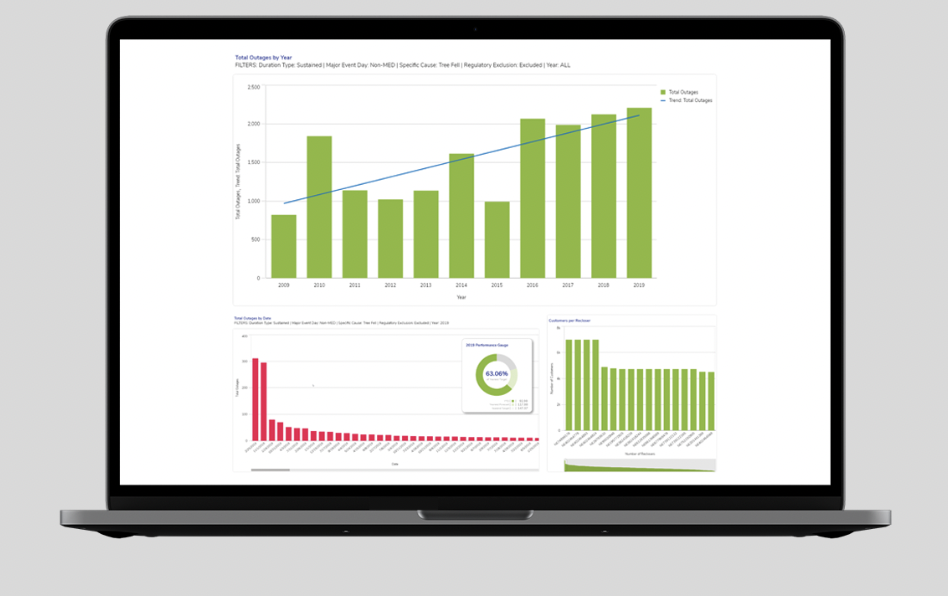
Our solution helps executives, managers, and reliability engineers to manage key metrics and essential data. The System Resiliency & Storm Hardening Effectiveness Modules utilize the latest modeling techniques along with detailed historical outage and weather data to determine where to invest for a resilient, storm-hardened system as well as prove that historical investments were prudent, effective, and added company and customer value.
Common Challenges
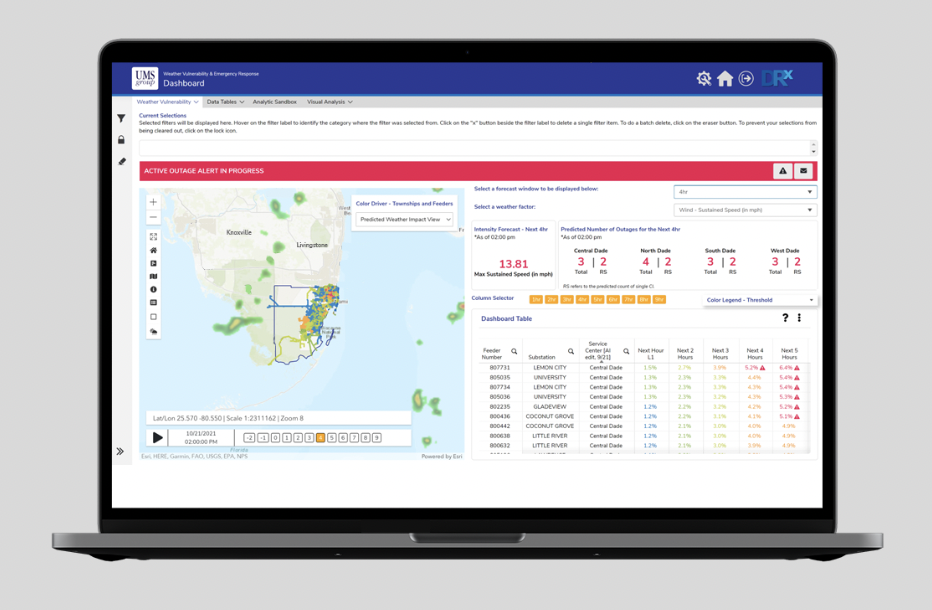
Our solution helps executives, managers, and reliability engineers to manage key metrics and essential data. The Emergency Response Module utilizes the latest modeling techniques along with detailed historical and real-time outage and weather data to predict outage locations and severity, allowing companies to mobilize crews and materials to safe locations ahead of the storm, saving time and money and reducing restoration times (CAIDI).
Common Challenges
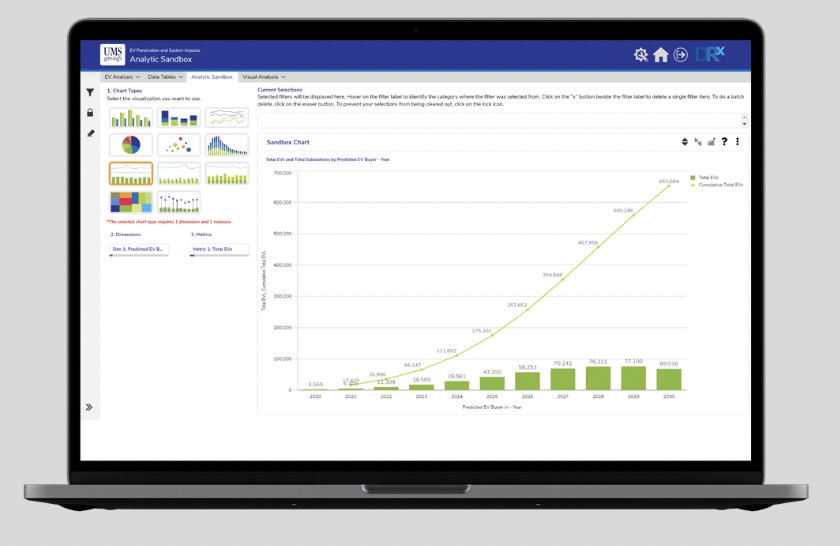
Our solution helps executives, managers, and reliability engineers to manage key metrics and essential data. The EV Analysis Module leverages utility and external data along with AI and proprietary modeling techniques to help you plan where and when EV load will be added to your system. This allows for proactive, integrated system planning and robust assessments for regulators and other key stakeholders.
Common Challenges
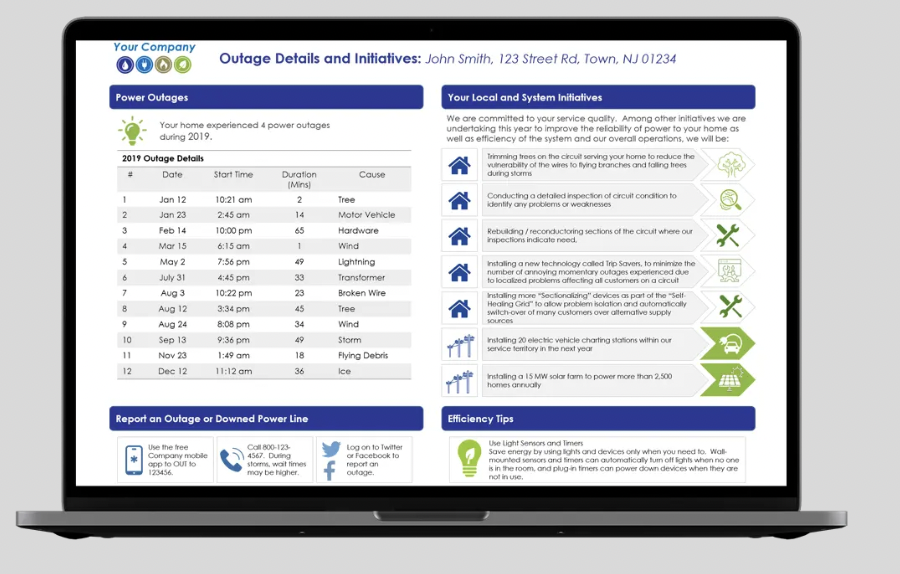
Our solution empowers executives, managers, and reliability engineers to oversee vital metrics and crucial data. The Customer Experience Module harnesses data typically owned by other groups to elevate customer experience. By granting CSR’s immediate access to customer-level data and delivering individual customer report cards, it fosters enhanced communications, transparency, touchpoints, and dialogue. DRˣ ensures your Customer Service organization has complete access to customer-level reliability data, notably through the Customer Experience Module and customer report cards:
Provide CSR’s timely data showing individual customer reliability experience
Enable separation of fact from customer perception
Communicate to customers system and green initiatives, as well as planned work that will strengthen their part of the system and improve their reliability
Demonstrate to the customer that the company is committed, competent, and caring regarding their safety and quality of service